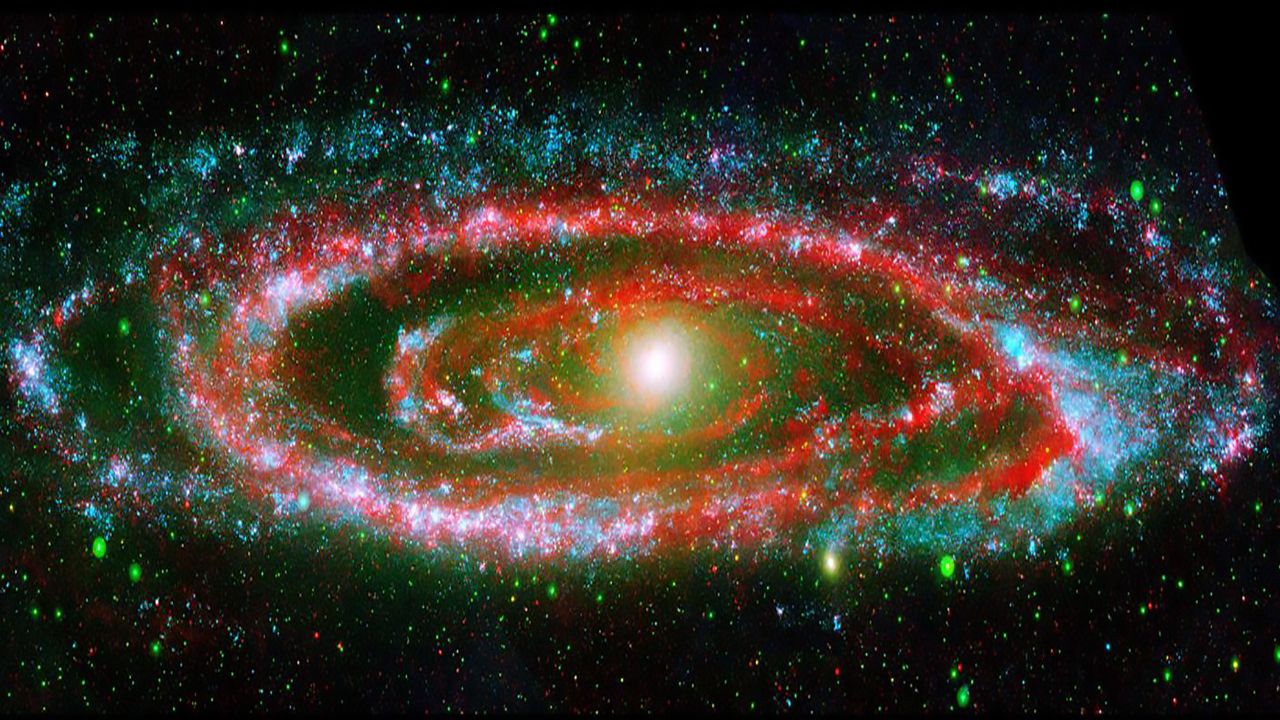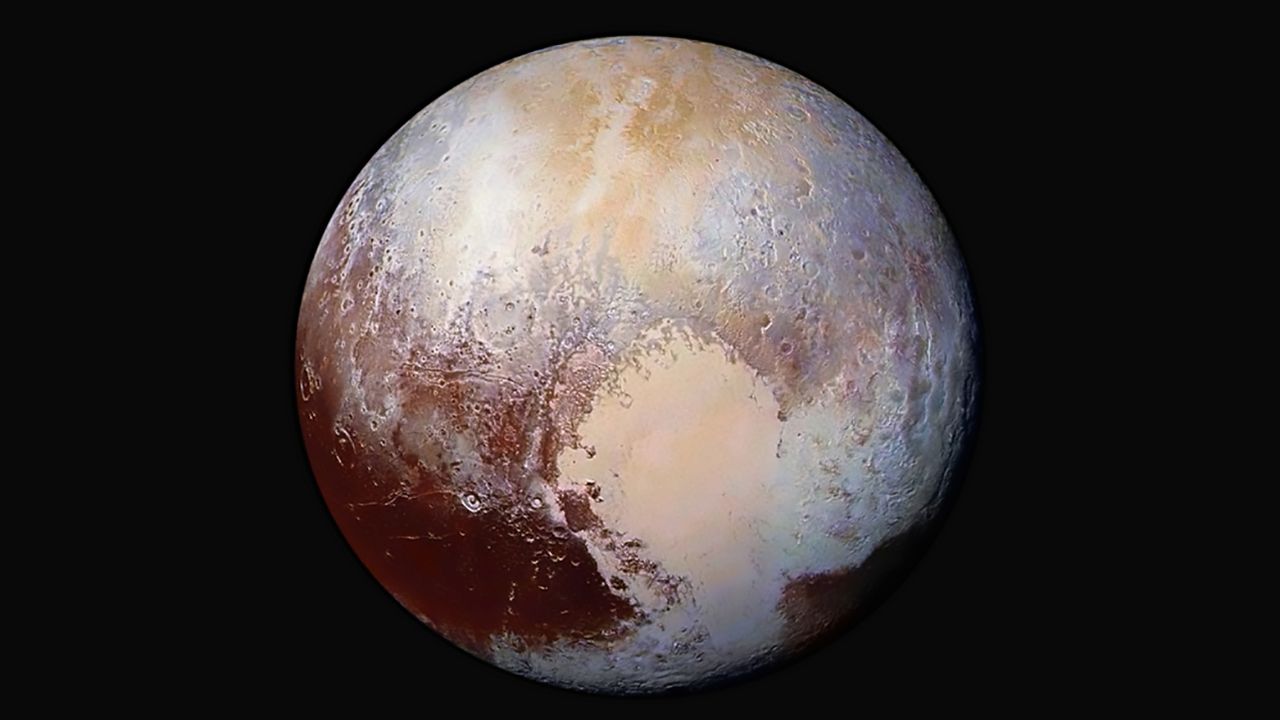With our universe so vast, it’s hard to think about the distance from one object to the next.
The closest celestial thing is our own Moon, but even that is about 238,900 miles away. Not very close, right?
Let’s explore other objects across our galaxy and how far away they are.
Space distance terminology
In order to understand how far away everything is, we need to discuss the measurement used.
Instead of miles, astronomers and astrophysicists like to use light-years to describe the distance between space objects because everything is so far away.
A light-year is the distance light travels in one Earth year, and one light-year is equal to about six trillion miles.
When we view objects in telescopes, we’re also seeing what those objects look like in the past.
Since objects in space are so far away, it takes the light a long time to reach us, even if light travels at 186,000 miles per second.
For example, it takes about 8 minutes for the Sun’s light to reach us, so that means we’re seeing the sun as it was 8 minutes ago.
Pluto (NASA)
Pluto
Let’s start with something that’s closer to home. Pluto, considered a dwarf planet on the edge of our solar system, is close enough that we don’t need to use light-years.
This dwarf planet is about 2.5 to 4.5 billion miles away from Earth, depending on where it is in its orbit.
With the technology we have today, it would take 9 to 12 years to get to Pluto. However, that’s for a spacecraft traveling at about 36,000 mph. For now, it’s impossible for humans.
The closest star other than the sun
The closest star to us is Proxima Centauri, and it’s not very close.
Not visible to the naked eye, you have to view this star with a power telescope because the star is small, making it less bright.
Proxima Centauri is about 4.3 light years away.
The other stars we see in our night sky are farther away, but they are visible because they are much bigger and brighter.
There is even a possibility that some stars we see twinkling in the night sky don’t even exist anymore because the light we see from them is old.
The North Star
Known as Polaris, the North Star is one of the brightest stars in our night sky.
This star is 320 light-years away from us, 74 times further away than Proxima Centauri.
The only reason we can see it is because it’s huge! It’s about 50 times bigger than our sun, with a diameter of around 44 million miles.

The Andromeda Galaxy (NASA/AP)
The closest galaxy to ours
The closest neighboring galaxy to us is Andromeda, which is about 2.5 million light years away.
An interesting fact about this galaxy is that it is speeding towards us, which means, one day, it’ll collide with our galaxy, the Milky Way.
But don’t worry, this won’t happen for about another 5 billion years.
Our universe
The next time you explore objects in the night sky, try researching where it is and how far away. It might surprise you to find out just where that object is.
Also, check out our celestial calendar for a look at all the events happening this year that are a little closer to Earth.

